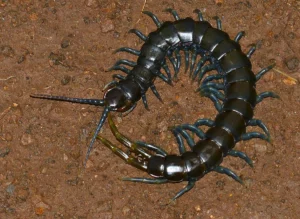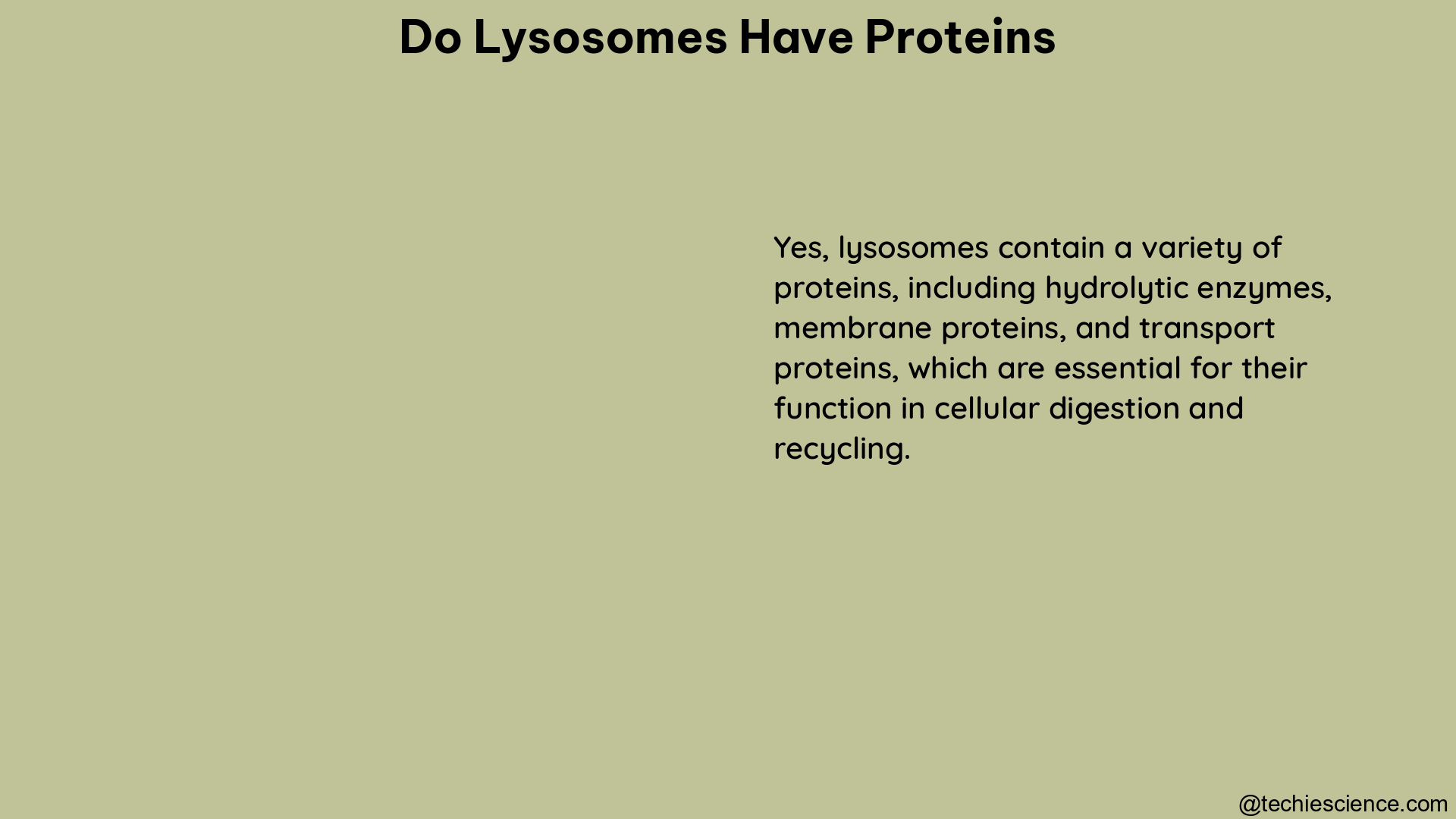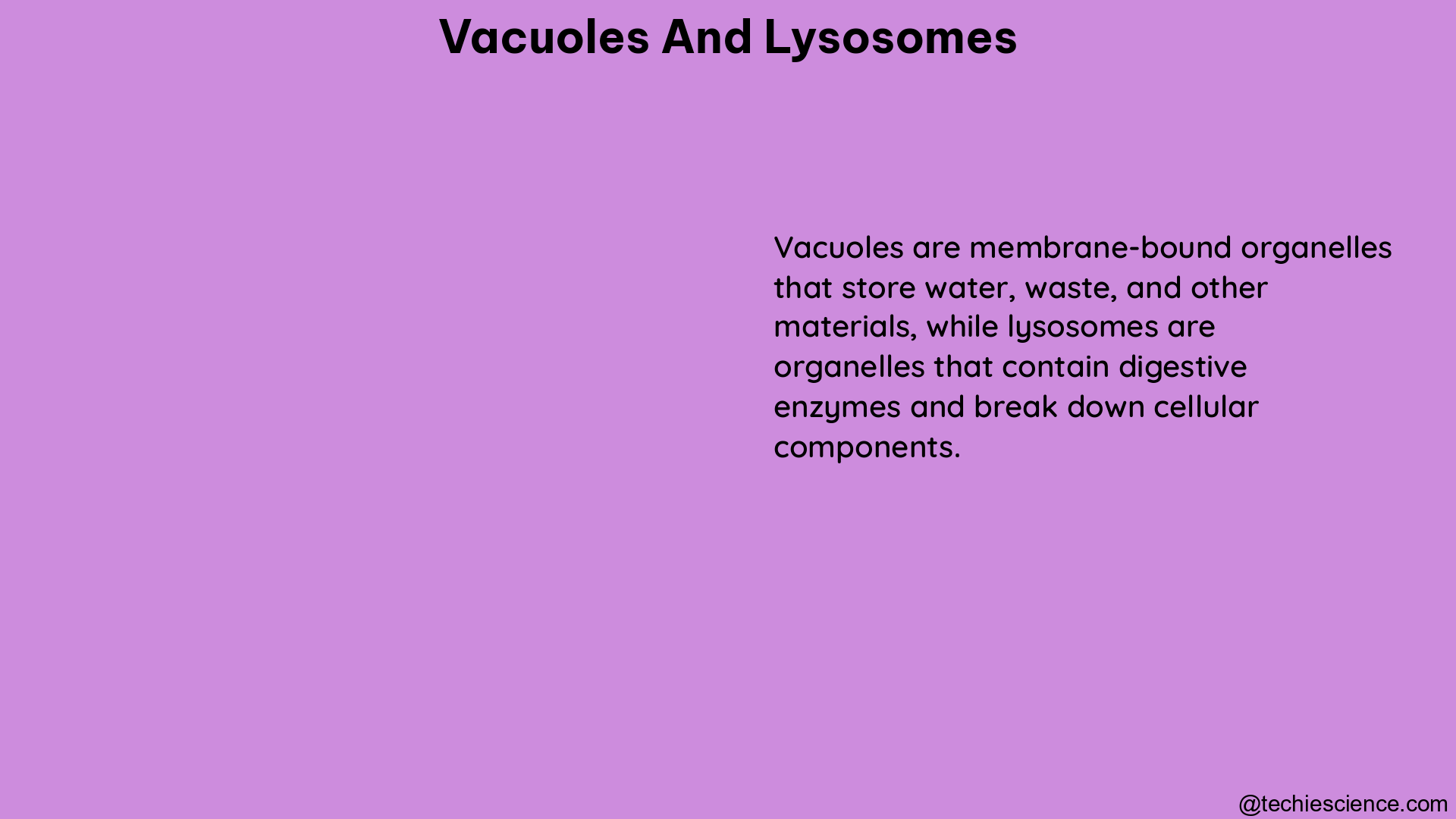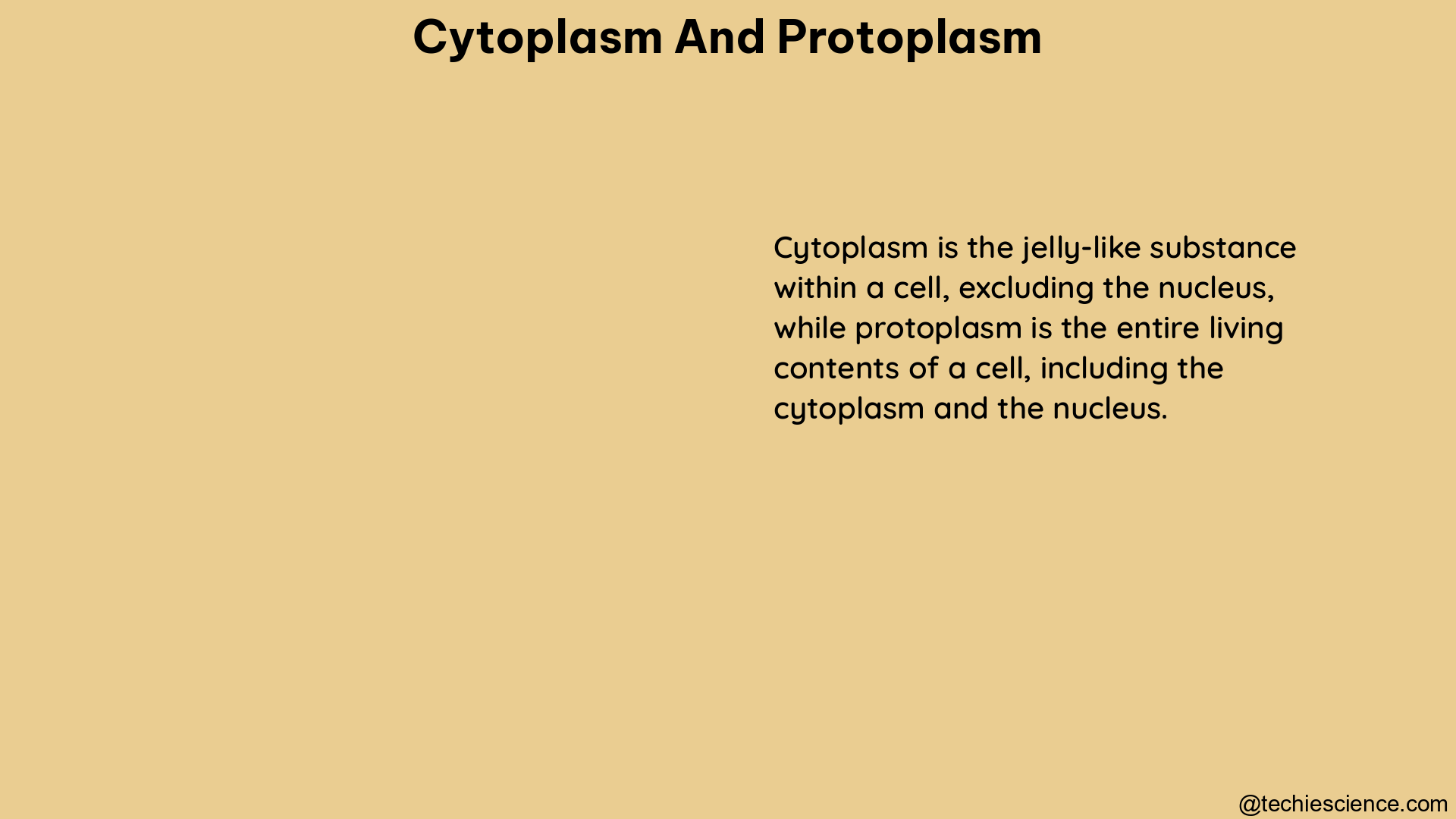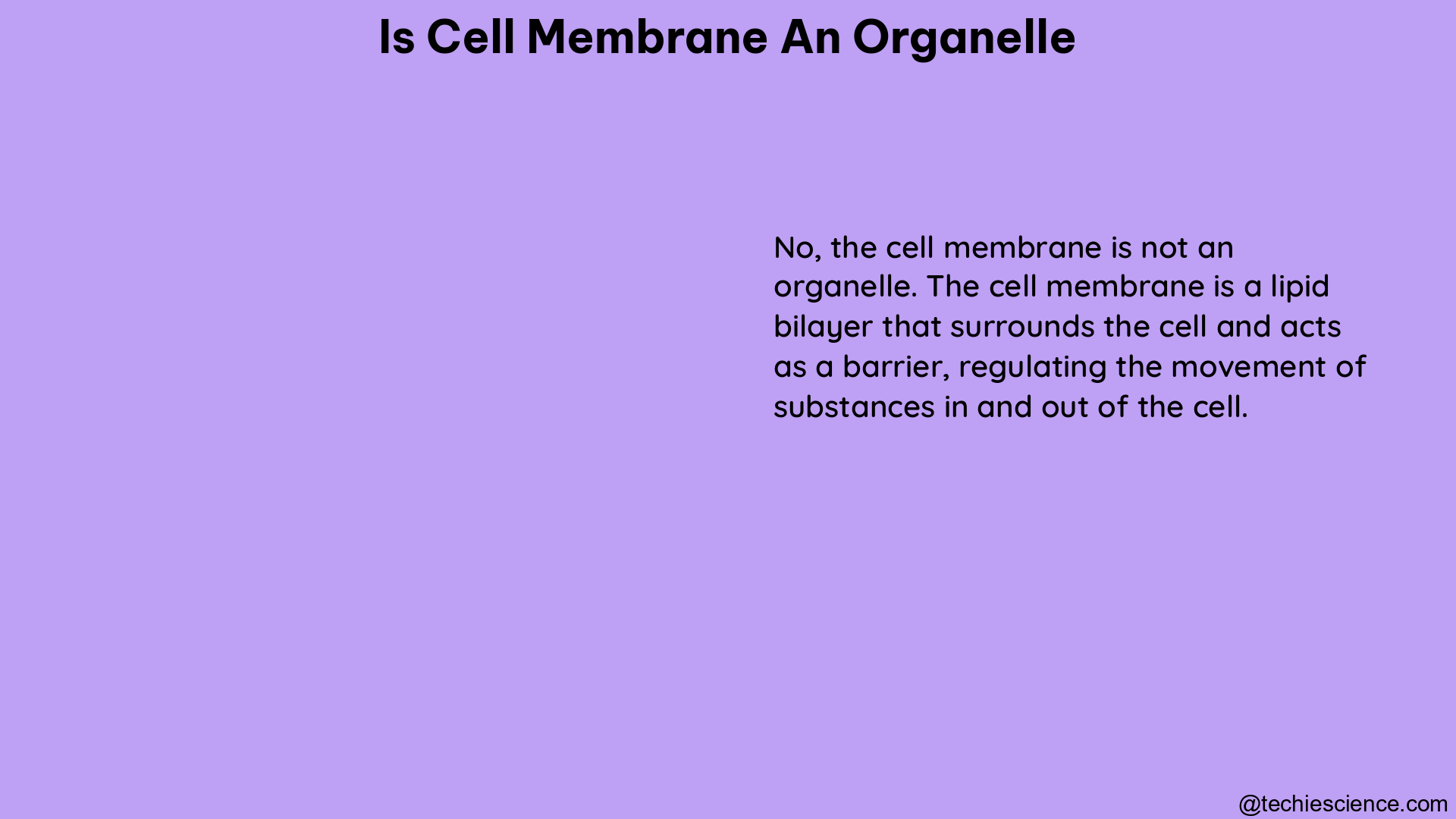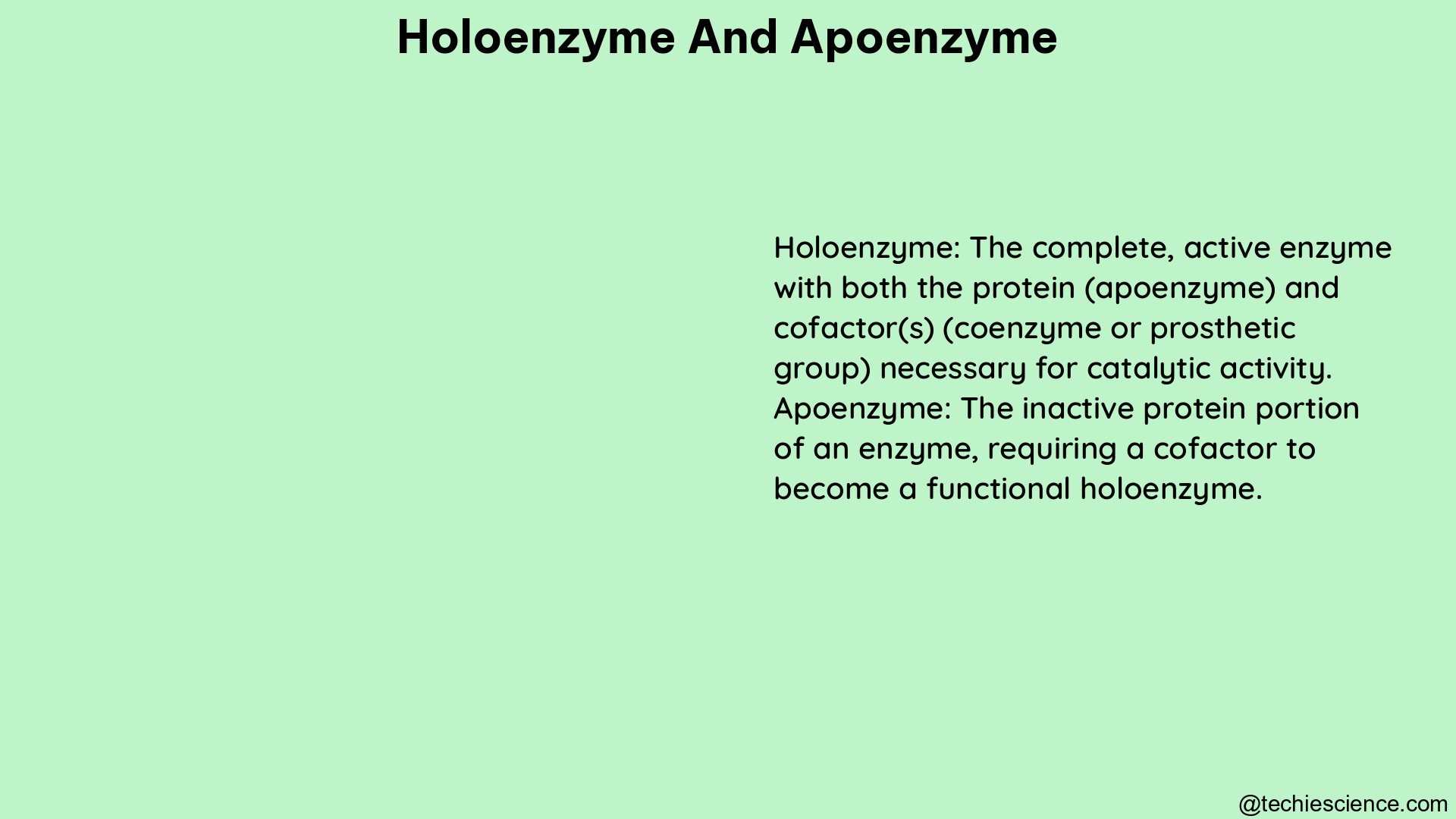Fastidious bacteria are difficult to maintain in the laboratory conditions due to their highly specific habitat conditions and the difficulty to mimic those conditions, in-vitro. Some examples of fastidious bacteria are mentioned below.
- Bordetella sp.
- Francisella tularensis
- Helicobacter pylori
- Lactobacillus
- Legionella pneumophila
- Leuconostoc mesenteroides
- Mycoplasma
- Neisseria gonorrhoeae
- Paenibacillus popilliae
- Streptococcus pneumoniae
- Streptococcus pyogenes
- Treponema pallidum
- Ureaplasma urealyticum
Bordetella sp.
In laboratories, growth of Bordetella henselae gets restricted not only by the several usual constituents of media but also by their own metabolic products. Supplementing, Bordet-Gengou media with activated charcoal or starch allows the bacterium to grow by absorbing suh components from the media.
Francisella tularensis
Francisella tularensis are zoonotic bacteria. It is capable of surviving in phagocytic cells and convert it into phagolysosome. It grows better in liquid media and has a long incubation time. It is generally grown on blood containing media of which cysteine and histone is an important component.
Helicobacter pylori
Helicobactor pylori contain urease enzyme which maintains a pH neutral microenvironment for the bacteria in stomach where the pH is low. In laboratories, they are generally grown on agar plates of 7 to 10% blood or lysed blood containing media such Brucella agar or Columbia agar.
Lactobacillus
Lactobacillus are fermentative acidophiles, found in carbohydrate rich environments, that produce lactic acid, acetic acid, ethanol and carbon dioxide by fermenting hexose sugar. They are also found in spoiled food, milk and other beverages. In laboratories, they grow best in MRS (deMan, Rogosa and Sharpe media) broth media.
Legionella pneumophila
Leginonella penumophila are obligate aerobes, generally found in aquatic bodies containing algae, rust, sludge and other organic compounds, where they form biofilms. They are grown on buffered charcoal yeast extract media. Presence of charcoal and starch in the media improves growth by absorbing the toxic substances.
Leuconostoc mesenteroides
Leuconostoc mesenteroides are dextran producing heterofermentative lactic acid bacteria. They grow at low temperature (10°C to 30°C), high salinity and hyperglycemic conditions. They pose a huge concern in the food industry as they can spoil preserved food. They can be cultured in MRS, skim milk and tomato juice agar media.
Mycoplasma
Mycoplasma are cell wall lacking bacteria of which the hemotropic mycoplasma are extremely difficult to culture in in-vitro conditions. Mycoplasma live as commensals in the mucosal membranes. Lack of cell wall infers to them resistant to anti-microbial agents. They grow on cellular media for optimal growth.
Neisseria gonorrhoeae
Neisseria gonorrhoeae are obligate pathogens of Homo sapiens. In laboratories, they are cultured on the petri-plates of chocolate agar media containing hemoglobin, as it is difficult to cultivate in liquid medium.
Paenibacillus popilliae
Paenibacillus popilliae are found inside the insect host of family Scarabaeidae, such as Japanese beetle. They grow well in MYPGP agar, brain heart infusion growth media, Columbia blood agar media. Thiamine and barbituric acid are important for its growth. Trehalose sugar, found in the insect hemolymph, helps mimic the original growth environment in-vitro.
Streptococcus pneumoniae
Streptococcus pneumoniae are pre-dominantly found in the mucosal layer of the respiratory system. They show optimum growth at 35°C-37°C temperature and 5% carbon dioxide. They can be cultured on both blood agar medium and chocolate agar medium.
Streptococcus pyogenes
Streptococcus pyogenes is a facultative anaerobe. Streptococcus pyogenes grow well on blood agar media. Media containing 5% sheep blood agar and trypticase soy base that has been incubated in air is one of the most preferred culture media for these bacterium.
Treponema pallidum
Treponema pallidum is a spirochete and their only known source are Homo sapiens. The pathogenic strains of the bacterium are recalcitrant to normal culture media used in laboratories and are usually maintained in the testes of rabbits. Free radical traps such as sulfhydryl compounds, reduce the damage to the testicular tissues by lipid peroxidation.
Ureaplasma urealyticum
Ureaplasma urealyticum belong to a group of cell wall lacking bacteria called mycoplasma. They possess urease enzyme which allows it to undertake urea hydrolysis and produce adenosine triphosphate or ATP. Hence, it requires either broth or agar medium containing urea to grow on, in vitro.
Conclusion
Fastidious bacteria need very specific media composition, temperature, pH, carbon dioxide and oxygen concentrations as they exist in very few and very specific natural habitats. Thus many bacteria, specially those that are pathogenic, are difficult to grow in laboratory conditions.
Also Read:

